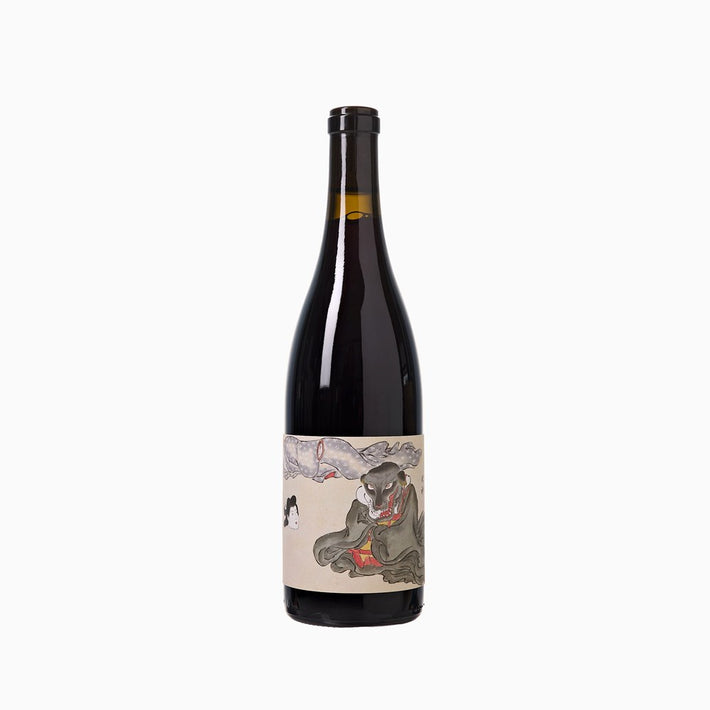Birichino Rokurokubi & Inugami 2021
Both Birichino wines really impressed me, as they are only medium bodied, bright, pure and energetic. In this way, the producer ethos is clear, as these two wines are from very different grape varieties. Red fruit dominates the flavour profile and lightness of touch seems to define the producer style. Their prices, relative to a lot of other American wine, seem reasonable, too. - Ches Cook, FWC.
Santa Cruz/Contra Costa. The beautifully labelled Rokurokubi & Inugami is a Rhone-style blend of Mouvedre (50%) Cinsault (49%) & Grenache (10%). The Grenache (10%) is drawn from vines planted in 1910 in the Besson Vineyard, while the Cinsault component (40%) is from head-pruned, non-irrigated and organically farmed vines in Lodi, planted in 1886. The Mourvedre (50%) is sourced from Little Big Block, a sandy site planted to old bush vines at the edge of the San Joaquin River in Contra Costa. There are some awesome vineyard shots on the website of the very old vineyard.
The name and label design are a nod to a Bakemono Zukushi handscroll, painted in the Edo period of 18th and 19th century Japan. 'It was either this or Run GMC!' hoots John Locke. The Cinsault is personified by the floating head on the label, with the Mourvedre and Grenache represented by the anchoring wolf. Each grape was vinified separately: the Cinsault was lightly crushed and fermented in steel vessels; the Mourvedre destemmed but not crushed and fermented with 15% stems; and the Grenache was destemmed and crushed with 30% stems. elevage took place in old puncheons for eight months before blending and bottling (unfined and unfiltered).
Proving Birichino is as talented working with a blend as a single variety, this is a palate-rousing wine with compelling savoury brightness and a supple texture anchored by chalky tannin and old-vine depth. A finely crafted, wild brew of liquidized fruit, earth, mineral and flowers; to paraphrase Sly Stone, there's a riot going on. - Producer's Notes.
